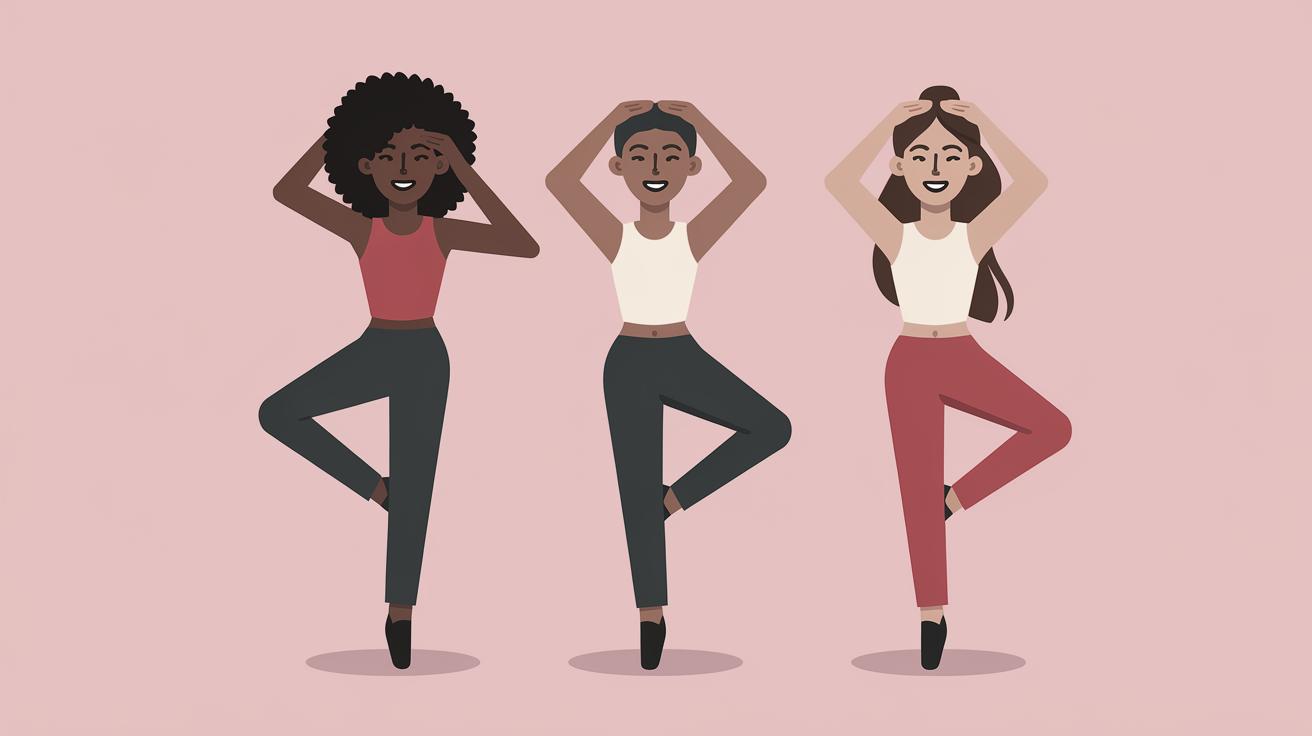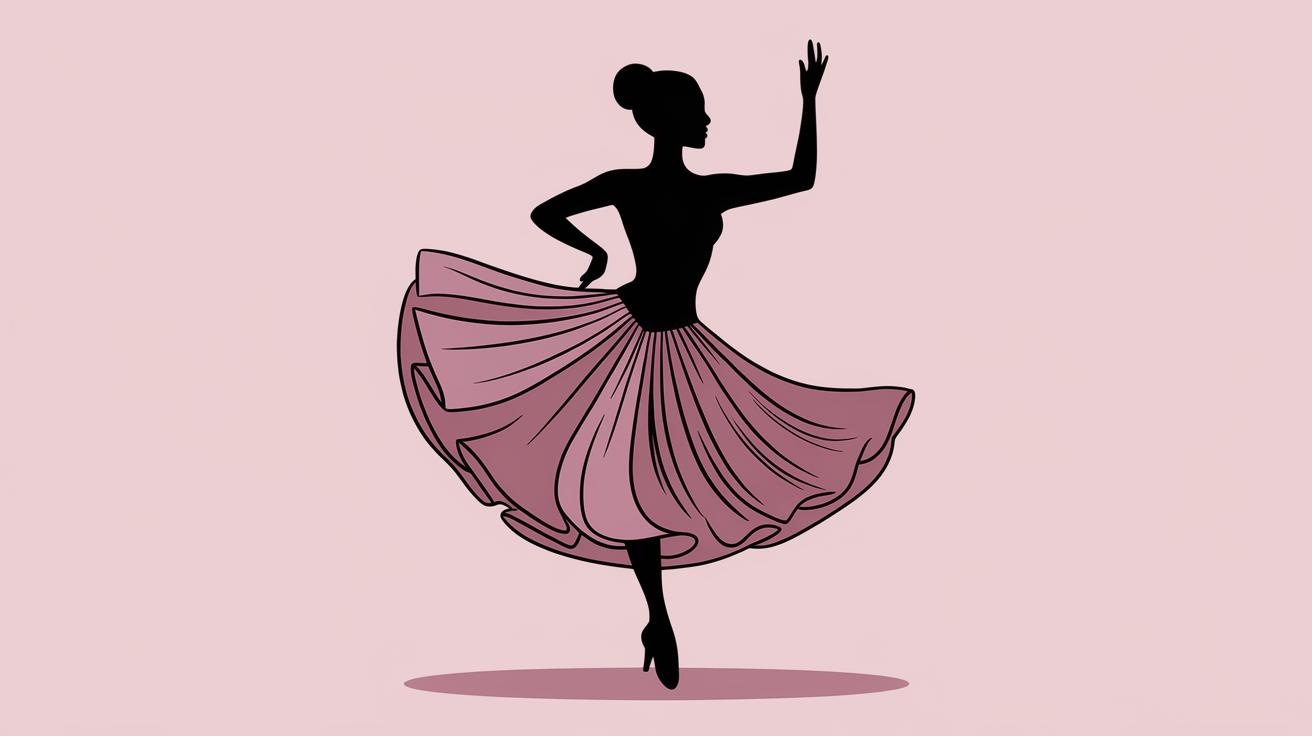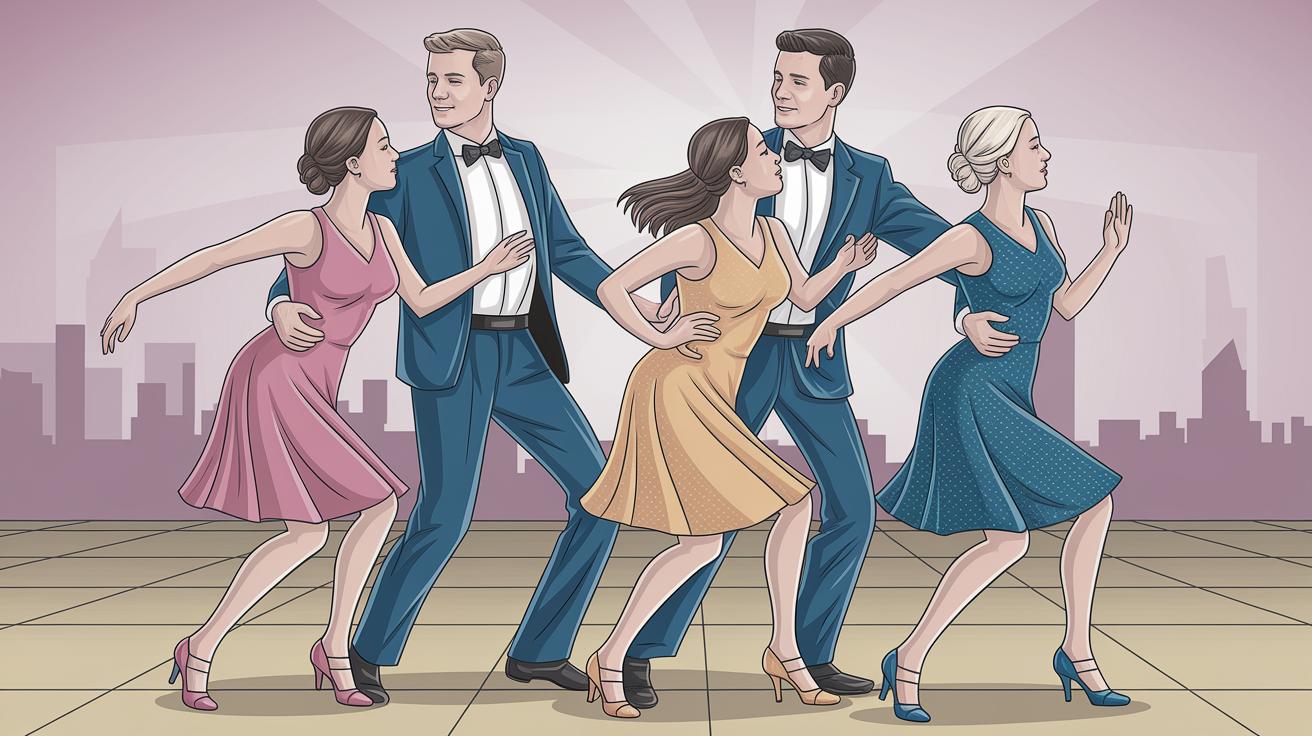Mastering the Art of Dance: Your Guide to Getting Started
Whether you’re a novice or someone who wishes to refine their dancing skills, learning how to dance can be an incredibly rewarding endeavor. This blog post is designed to serve as your comprehensive guide on how to do dance, covering everything from the types of dance to getting started and mastering techniques. We will explore essential elements like setting goals, understanding rhythm, and practicing routines. So, lace up your dance shoes, and let’s dive into the fascinating world of dance with practical tips and insights to help you glide effortlessly across the floor.
Understanding Different Types of Dance
Dance is as diverse as the cultures and stories it originates from. Each dance style offers its unique form of expression and technique. From the passionate movements of Latin dances like Salsa and Tango to the elegance of Ballet, understanding the different types of dance can help you choose the style that best suits your personality and interests.
Contemporary dance, for instance, provides a modern twist and allows dancers to break free from traditional restrictions, emphasizing emotional expression and storytelling. On the other hand, Hip-hop is dynamic and urban, focusing on rhythm and street-style moves. Exploring these different types can offer you a world of possibilities and a clearer direction in your dance journey.
Getting Started: Setting Your Dance Goals
Before embarking on your dance journey, it’s vital to set clear goals. Are you dancing for fitness, to compete, or simply as a creative outlet? Setting these goals will not only direct your learning path but also keep you motivated. Be realistic and specific; for example, aim to learn a full routine in a month or master a specific dance move within a week.
Writing down your goals can help solidify them. Consider creating a vision board or journal where you maintain a record of your aspirations and progress. Revisiting your goals periodically will remind you of your ‘why,’ helping you navigate through challenges and continue pushing forward with confidence.
Learn the Basics of Rhythm and Timing
At the heart of every dance style is rhythm—a crucial component that you need to master to perfect your grace and coordination on the dance floor. Understanding musicality, which is how dancers interpret music, can help you connect your movements to the beats seamlessly. Start by familiarizing yourself with basic rhythm patterns, listening to music actively, and identifying beats.
Practicing basic timing exercises, such as clapping or tapping to the rhythm, can strengthen your internal metronome. Take time to listen to a wide variety of music, as different genres offer different tempos. Training your ear to recognize these patterns is essential in aligning your movements with the music, thereby enhancing your performance overall.
Participating in Dance Classes and Workshops
Formal dance classes and workshops are invaluable resources in your dance journey. They provide structured learning environments where you can learn from experienced instructors who offer tailored feedback on your progression. Whether online or in-person, classes are a space where you can explore styles at your comfort and pace.
Workshops, on the other hand, often feature renowned choreographers who can introduce you to unique styles and advanced techniques. They also present an opportunity to meet fellow dancers, share insights, and form a community of like-minded individuals. Enrolling in regular practice sessions is key to your growth and helps in building both your confidence and skills.
Practicing Regularly and Staying Motivated
Consistency is pivotal in mastering dance. Setting aside time to practice regularly helps in reinforcing what you’ve learned and refining your technique. Create a schedule that incorporates both structured sessions and freestyle practice, allowing you to develop your style and adaptability.
Staying motivated can sometimes be challenging, especially when progress seems slow. Set incremental milestones to celebrate achievements, no matter how small. Share your progress with friends or document it on social media platforms to receive encouragement and feedback. Most importantly, have fun! Remember that dance is a form of joy and creativity, meant to make you happy above all else.
Next Steps
| Section | Key Points |
|---|---|
| Understanding Different Types of Dance | Diverse styles reflect various cultures and stories; explore to find the right fit. |
| Getting Started: Setting Your Dance Goals | Define your purpose for dancing; keep a record to track progress and motivation. |
| Learn the Basics of Rhythm and Timing | Master rhythm and musicality for better coordination; practice timing exercises. |
| Participating in Dance Classes and Workshops | Engage in structured learning and community building for personalized growth. |
| Practicing Regularly and Staying Motivated | Ensure consistency, celebrate small wins, and remember to have fun. |


